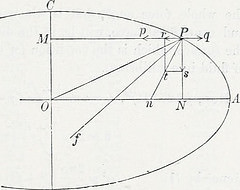We just published the 4th and final video in the series on doing frac sand crush testing.
Perhaps the series isn’t quite as entertaining as Game of Thrones or Mad Men, but ours is worth watching (in my humble but arrogant opinion ha).
There is even background music in the finale!
Here’s the link to it on Youtube:
During the video, I explain the calculation for the percent fines after a crush test.
1. Weigh the empty sieve pan.
2. Empty the pan fines into the top of the sieve stack.
After the crush, you sieve the crushed sand using a sieve stack built around whatever size of sand you are testing. For instance, if testing 30/50 sized frac sand, the sieve stack will look like:
30 sieve
——–
50 sieve
——–
Pan
——–
3. Sieve for 10 minutes, and take and weigh the pan.
4. Perform the calculations for % fines.
You have a mass of sand for each crush, and that mass is determined by doing bulk density. Generally, you crush a frac sand sample around 35 g in mass (that’s ballpark, the actual mass can be higher or lower, just depends).
Here’s the calculation that is performed:
Mass of fines = mass of full pan – mass of empty pan
% fines = mass of fines / original crush mass
That’s all there is to it.
Now, to calculate a crush test K value, you are required to crush at multiple stresses. Then, the stress right before you reach 10% fines is your K value.
For instance, if you crush frac sand at 7,000 psi (7K) and 8K with the results:
– At 7K, 8.5% fines
– At 8K, 11.2% fines
Your K value in this instance will be 7K.
That’s it for now — be sure to watch all our videos at our Youtube channel here:
https://www.youtube.com/channel/UCYkQbtCDjPfSGZUjUKNgjuQ


